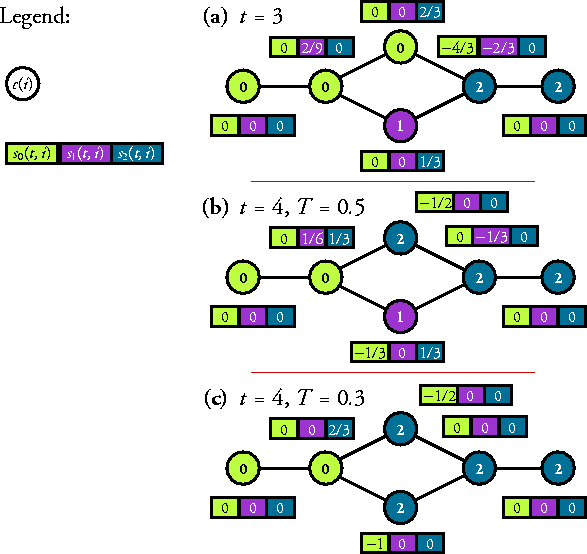While communiting between Geneva and Lausanne, this morning I read Avoiding the next schism: ethnography and usability by David Siegel and Susan Dray (Interaction 12(2), pp.58-61, 2005).
It's about the growing schism in organizations between proponents of usability and supporters of ethnography.
So here is the point:
there is potential for ethnography and usability to develop a contentious relationship, including comments denigrating the other camp. For example, ethnographers can be accused of providing input that is too abstract and general to be useful. They can be viewed as overly reliant on anecdotal information and too lacking in rigor. Ethnographers can see usability people as too tied to evaluating specific features without questioning whether the feature should exist in the first place.
Both of these sets of charges can be turned into negative stereotypes. thnographers are supposedly "fuzzy in their thinking," and "don't understand design or technology." Conversely, usability people are "so focused on technology features that they are hardly better than technocentric designers and developers," and "are incapable of stepping back and seeing the big picture."
After a summary of schism dynamics (schism can arise from the tendency of related subdisciplines to accentuate their differences as they stake out their turf, claim legitimacy, and emphasize their unique contributions + both groups are subject to pervasive forces in the larger organization that threaten to dilute their concept of quality + there are fundamental paradigm differences between ethnography and usability that are almost bound to produce clashes), the authors put the emphasis on the differences between both (contrasting focuses, and these drive different approaches to data collection, different styles of reasoning, and different types of output). The final part is maybe the most interesting section:
there are differences in what these approaches produce as an input to the design process, and how and when the information is introduced. Ethnography provides insights that are most useful in product planning and high-level conceptual design. Usability provides input into narrowing and refining design choices, and ideally, it should also play a role in generating design options. One consequence of this is that the two groups may have different audiences. Ethnographers may be talking more to product planners early in the process and usability people to designers later in the process, when the basic design is a fait accompli. Even though ethnography and usability are partners in UCD, they may not collaborate as much as they should.
A schism such as this can be damaging to both usability and ethnography, because of their complementarity. In fact, the two sides can potentially undermine each other. (...) We need to avoid a methodological purist stance, and instead collaborate. For example, we should combine our approaches in naturalistic field research, or even in longitudinal field research. Furthermore, both usability and ethnography professionals need to understand the product planning and design process so that they can be active participants in tradeoff decisions with other disciplines that contribute to the ultimate product design
Why do I blog this? Using both (or I would say being OK with both 'paradigm' or? no it's not correct and aaaaaargh how can we put ethnography and usability at the same level? well, let's drop this issue for the moment), I am not so keen on the idea of opposing them but it appears to be the cruel reality in companies :( Actually, even though it's very simple and 'common sense' I like their conclusion. Of course these people need to collaborate; besides the combination of methologies is a relevant idea that I try to implement in my studies here (easy to say but... ;) ).


 Why do I blog this? first because I like prototypes stuff, alpha or beta-version and the mix of games/cards/board is appealing to me. Second because I find that it's a good idea to test game designe ideas.
Why do I blog this? first because I like prototypes stuff, alpha or beta-version and the mix of games/cards/board is appealing to me. Second because I find that it's a good idea to test game designe ideas.

 Great innovation to increase the urinal shooting abilities, did some people ran ethnographical studies to come up with this?!!!
Great innovation to increase the urinal shooting abilities, did some people ran ethnographical studies to come up with this?!!!
 He used it to analyse existing games like Crash Bandicoot, the following example Pascal shows is the difficulty analysis for the second level of Crash Bandicoot 2:
He used it to analyse existing games like Crash Bandicoot, the following example Pascal shows is the difficulty analysis for the second level of Crash Bandicoot 2:
 According to him, judging on this graph, "a trend clearly appears. The game is moderately difficult for the first half then offers two major challenges followed by a cool down period. This is probably not the result of luck but rather a well-thought level design strategy.". I think this sort of tools are very relevant; however I envision lots of ways to move forward, especially through user testing and data-analysis, which is somehow something I am working on (with our work about mobile games here at the lab for instance).
According to him, judging on this graph, "a trend clearly appears. The game is moderately difficult for the first half then offers two major challenges followed by a cool down period. This is probably not the result of luck but rather a well-thought level design strategy.". I think this sort of tools are very relevant; however I envision lots of ways to move forward, especially through user testing and data-analysis, which is somehow something I am working on (with our work about mobile games here at the lab for instance).